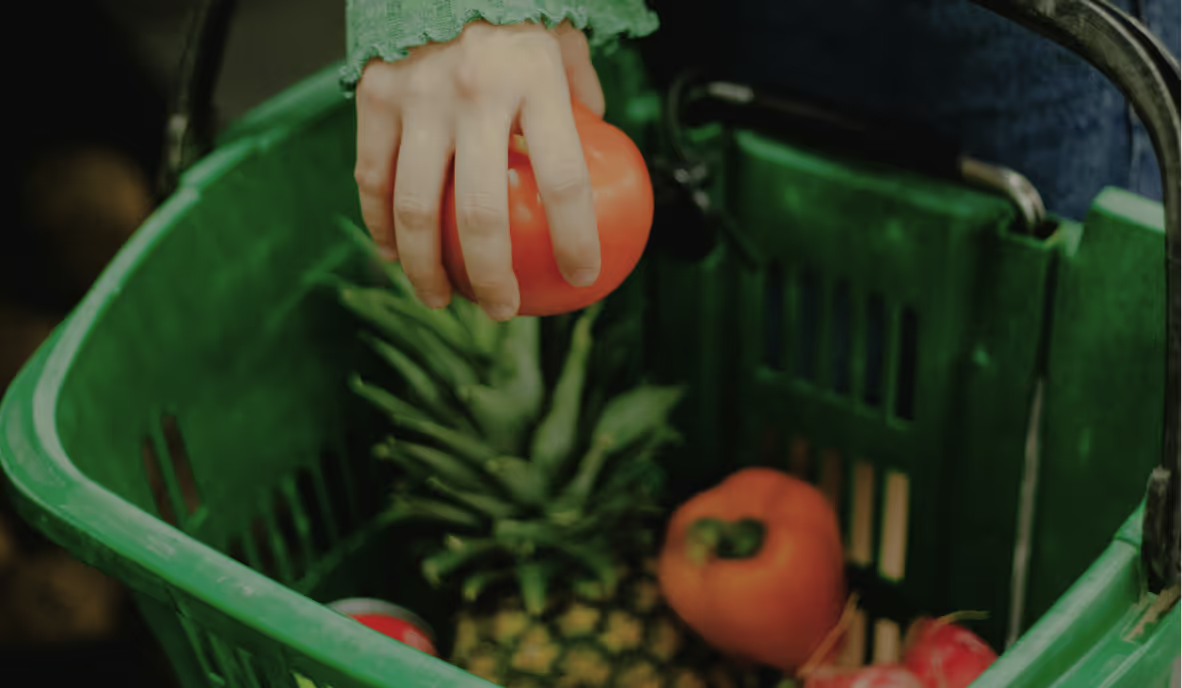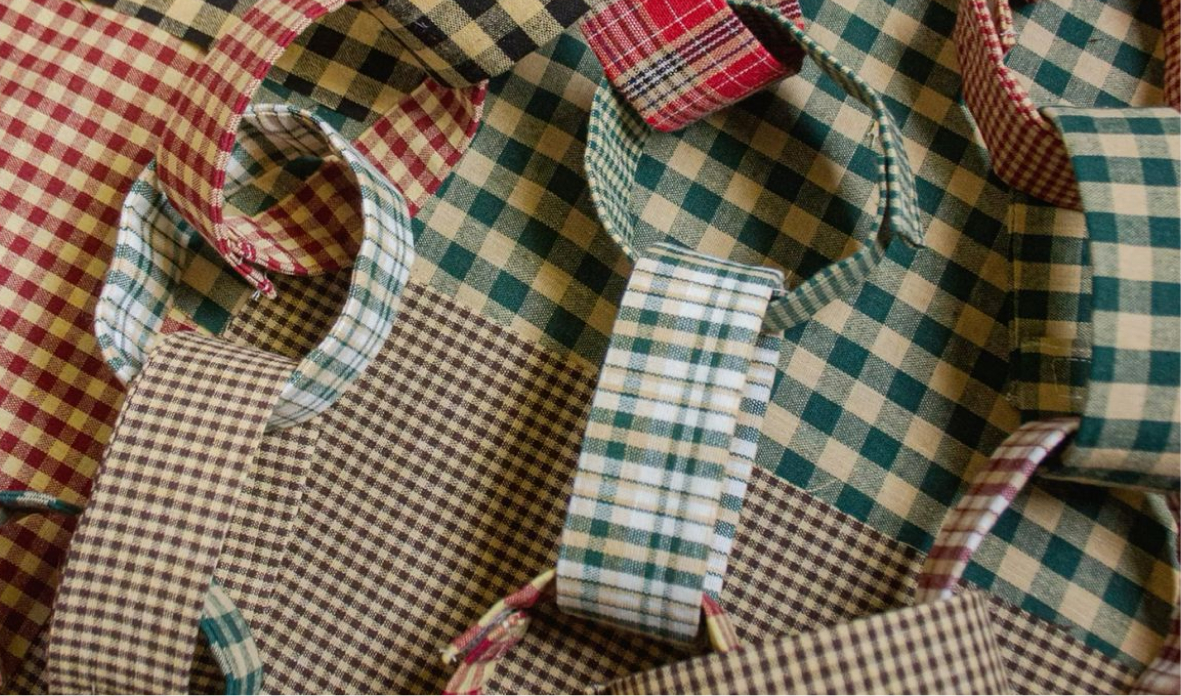Sustainable Savings Tips for a Tough Economy

Join the community





Sustainability has somehow become associated with buying more expensive products, whether that’s clothes, food, or electronics. But it doesn’t have to be this way. A few generations ago, people practiced sustainability by living simply, repairing and reusing what they had, sharing resources within their communities, and honoring natural cycles.
Sustainability wasn't a product — it was a way of life. Even today, sustainability and savings can go hand-in-hand. Here are some practical ways (along with guides) to stretch your budget while living a sustainable lifestyle:
Shop Secondhand and Skip the Tariffs
Global supply chain disruptions and rising tariffs have driven up the cost of new goods. Shopping secondhand is a great way to protect your wallet from that and keep usable items out of landfills. Thrift stores, online marketplaces, and swap groups can help you find everything from clothing and electronics to furniture and tools, often at a fraction of the cost.
- 7 Best Online Thrift Stores
- 5 Places to Buy Secondhand Baby Gear
- The 4 Golden Rules of Shopping Secondhand
- 10 Thrift Store Treasures for Your Home
Rediscover the Library (For More Than Just Books)
Your local library is a treasure trove of free resources beyond books. Many now offer free access to e-books, audiobooks, streaming services, language learning apps, museum passes, and even equipment rentals like sewing machines or telescopes. Libraries are a perfect example of shared resources that save you money and reduce unnecessary consumption.
Join a Buy Nothing Group
Buy Nothing groups, typically hosted on Facebook or local apps, let neighbors give and receive goods for free. Whether you need a blender, kids' clothes, or moving boxes, these communities foster generosity and reduce waste. By tapping into the abundance already around you, you can meet many needs without spending a dime.
Buy Less, Choose Well
One of the most powerful forms of sustainable saving is simply buying less. Before making a purchase, pause and ask: Do I really need this? Can I borrow or repurpose something I already have? By consuming more mindfully, you’ll save money upfront and avoid the hidden costs of maintenance, storage, and disposal.
- Why Shopping Makes Us Feel Good
- 15 Things You Should Borrow Instead of Buy
- 6 Tips to Avoid Overconsumption When Shopping Online
Support Local (Especially Sustainable) Businesses
In economic downturns, small and sustainable businesses are often the first to struggle. When you can, prioritize purchases from local farmers' markets, refill stores, bulk shops, and ethical brands. These businesses keep money circulating in your community and often provide higher-quality, longer-lasting goods. Think of it as an investment in a resilient local economy.
Learn Basic Repair Skills
A missing button, a small tear, or a broken appliance doesn’t have to mean replacement. Learning simple repair skills like sewing, patching, or fixing electronics can dramatically extend the life of your belongings. Many communities also host repair cafés or workshops where volunteers help fix items for free. Every repair keeps something out of the landfill and saves you the cost of buying new.
- 5 Easy Ways to Repair Jeans
- These 6 Clothing Brands Offer Repair Services
- 5 Things a Tailor Can (and Can’t) Fix
- 5 Ways a Cobbler Can Fix Your Shoes
Embrace Meal Planning and Cooking at Home
Food waste is a hidden drain on both the environment and your budget. By planning meals, shopping with a list, and cooking at home, you reduce impulse buys and spoilage. Bonus points for using up leftovers creatively or turning veggie scraps into broth. Small changes in the kitchen can cut costs and food waste, while encouraging a more mindful connection to what you eat.
- Growing Your Own Food
- 10 Recipe Ideas for Vegetable Scraps
- 10 Recipe Ideas for Fruit Scraps
- What Can You Do With Stale Bread?












